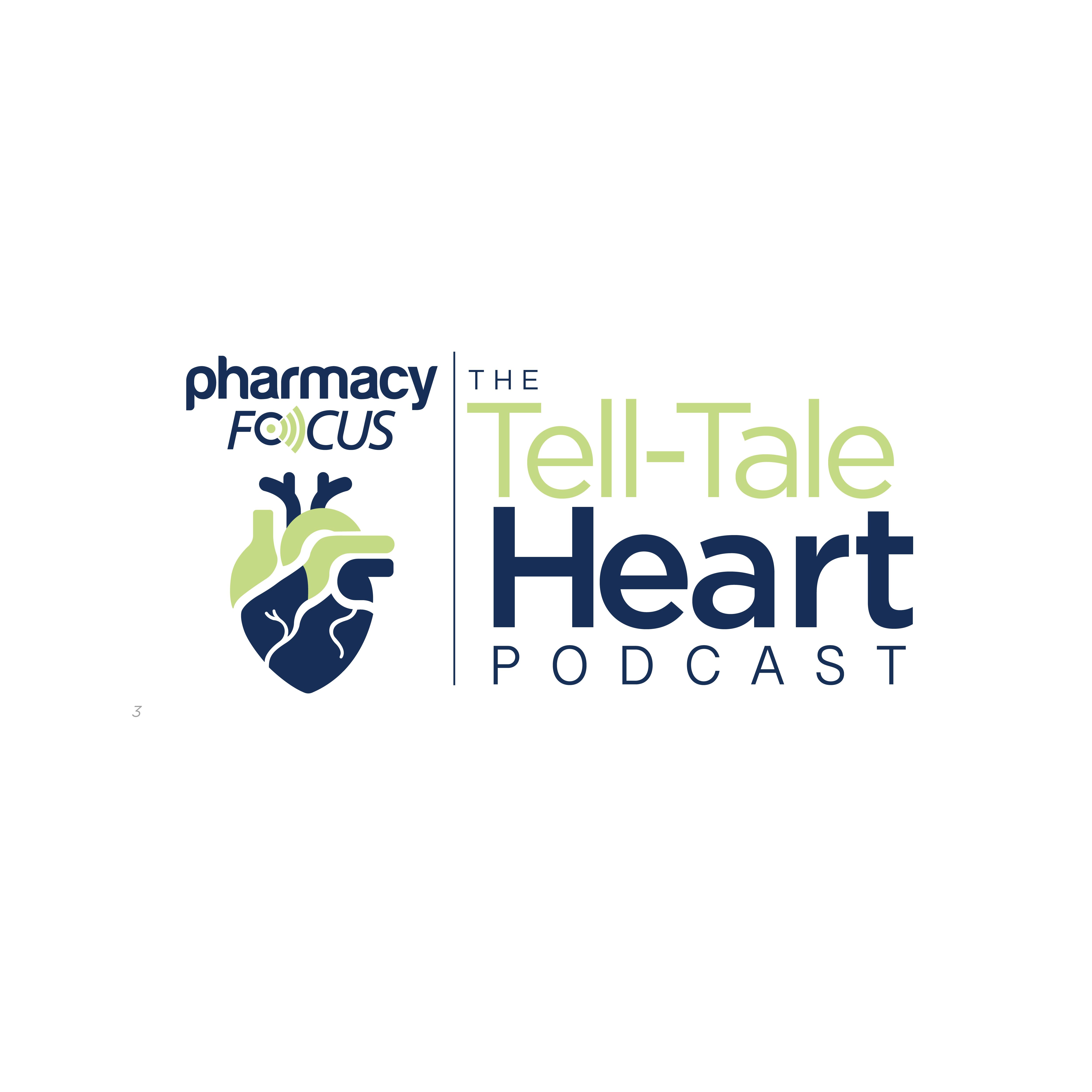News
Article
Administering Plasma Therapy Requires Pharmacist Collaboration With Specialty Care Team
Author(s):
Key Takeaways
- Plasma therapies effectively treat conditions like immunodeficiencies and neurological disorders, improving patient outcomes and quality of life.
- Plasmapheresis removes harmful autoantibodies, benefiting autoimmune disease patients, with pharmacists ensuring proper dosing and managing adverse effects.
Plasma therapy can involve burdensome procedures and infusions for patients, but pharmacists can use their expertise to make the process easier and more convenient.
Plasma therapies have been increasingly developed for a variety of unique and life-threating conditions that previously had no effective therapies available, relieving disease burden for millions of patients. Plasma proteins, including immunoglobulins, clotting factors, and inhibitors such as C1 esterase and alpha-1 proteinase, have been designed to treat immunology-induced immunodeficiencies, neurological conditions, bleeding disorders, liver disease, and myriad other difficult-to-treat diagnoses. With proper dosing and administration, plasma therapies heighten patient life expectancy, prevent infections, and improve quality of life (QoL).1
Plasma therapy could represent a transformative treatment for patients with autoimmune conditions. | Image Credit: © Elena - stock.adobe.com

Through plasmapheresis, also called plasma exchange, large amounts of autoantibodies in the plasma of the afflicted patient are removed and replaced with donated, healthy plasma. The process is used in various autoimmune diseases, including myasthenia gravis, chronic inflammatory demyelinating polyradiculoneuropathy (CIDP), Guillain-Barre syndrome, multiple sclerosis, and other rare diseases that generate autoantibodies against the body. Oftentimes, patients are treated at specialty infusion centers or hospitals with a diverse team of treatment providers available.2
In this process, pharmacists are an essential component of the specialty care team, ensuring proper dosing of plasma therapies and a successful treatment course of action for the patient. Pharmacists play a crucial role in counseling the patient on what to expect during the infusion process and how often they should be returning for follow-up with their primary care physician. There may be adverse effects, including changes in blood pressure and a risk of an allergic reaction to the newly introduced plasma. If these occur, pharmacists must be prepared to prescribe appropriate therapies to reduce symptoms.3
The arduous plasma exchange process for many patients can take multiple weeks, and pharmacists are critical in working with the patient and their physicians to set up a proper plasma exchange schedule. The dosing should be organized around what the current state of the disease requires, but with great consideration given to the needs and ability of the patient to tolerate the procedure. Pharmacists have expert knowledge on medications, how often they should be administered, and at what doses they should be administered, and therefore should be relied upon in this process.
Still, plasma therapies may present a novel field for many pharmacists who are not often involved in specialty conditions like autoimmune or inflammatory disorders. Oftentimes, plasma therapies are infused through an intravenous procedure, which could be difficult to administer and burdensome for the patient. Fortunately, more convenient alternatives to intravenous infusions of plasma are becoming available after review from regulatory authorities, including immune globulin (IgG) infusion 10% with recombinant human hyaluronidase (Hyqvia; Takeda Pharmaceuticals).4
Hyqvia has multiple FDA-approved indications, including for the treatment of primary immunodeficiency (PI) in adult and pediatric patients 2 years or older and as maintenance therapy in adults with CIDP. It works as plasma therapy by supplying a wide spectrum of neutralizing IgG antibodies against autoantibodies and viral agents in the body. Critically, for patients who may have a reduced QoL due to frequent infusions, Hyqvia can be administered subcutaneously once per month.4-6
“The approval of this new treatment...offers an alternative for health care providers and families who might prefer a less frequent treatment option that can be administered subcutaneously at home, after appropriate training, or in an infusion center,” Jorey Berry, president and chief executive officer of the Immune Deficiency Foundation, said in a news release upon the FDA’s expansion of Hyqvia’s indications for PI.6
The ability to provide at-home plasma treatment makes pharmacists even more important in educating patients—and themselves—on proper administration of the therapy. Further, although the ability to deliver treatment only once monthly relieves the burden on patients, the gap in time may reduce treatment adherence or lessen patient follow-up. Pharmacists should work to ensure patients continue to return for follow-up evaluations and monitor them for adverse effects.






